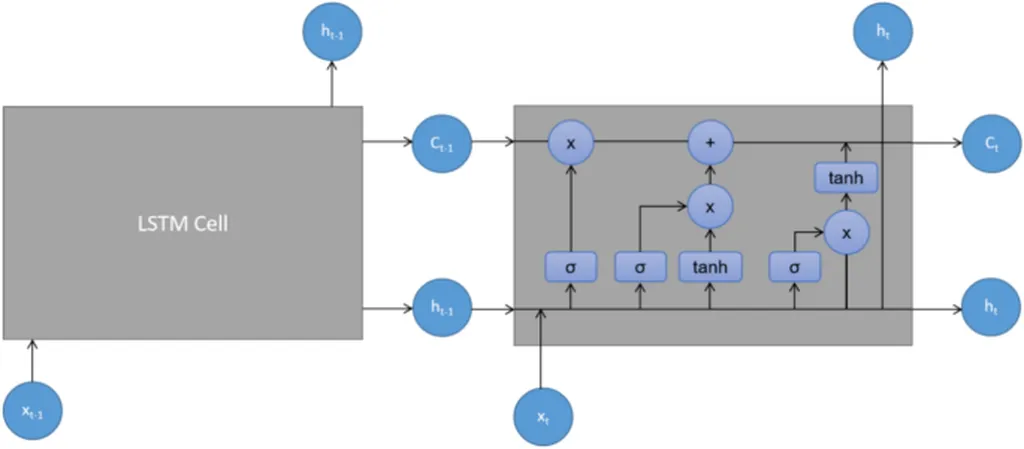In the ever-evolving landscape of renewable energy, accurate wind power forecasting stands as a critical challenge. A recent study published in the journal “IEEE Access” titled “Secondary Hybrid Decomposition Strategy for Wind Power Prediction Using Long Short-Term Memory With Crisscross Optimization” introduces a novel approach that could significantly enhance predictive accuracy and, consequently, optimize energy grid management.
The research, led by Yoseph Mekonnen Abebe from the Department of Electrical and Computer Engineering at Addis Ababa Science and Technology University, presents a hybrid forecasting model named SHD-LSTM-CSO. This model integrates three key techniques to improve prediction accuracy: Secondary Hybrid Decomposition (SHD), Long Short-Term Memory (LSTM) networks, and Crisscross Optimization (CSO).
Abebe explains, “The SHD mitigates the limitations of single-stage decomposition by employing a two-step Empirical Mode Decomposition (EMD) process. This improves the predictability of wind power series by decomposing it into its Intrinsic Mode Functions (IMFs) and residual components.”
The LSTM networks are then utilized to forecast each subseries and residue generated by SHD, capturing temporal dependencies within wind power data effectively. Finally, the CSO is used to optimize the hyperparameters of individual LSTM networks, enhancing global search performance.
The study validates the model using two sets of wind farm data, demonstrating that the SHD-LSTM-CSO model outperforms other hybrid models such as SHD-LSTM, EMD-LSTM, VMD-LSTM, GWO-BPANN, and EMD-ANN methods.
The implications for the energy sector are substantial. Accurate wind power forecasting is crucial for grid stability and efficient energy management. By improving predictive accuracy, the SHD-LSTM-CSO model can help energy providers better integrate wind power into the grid, reducing reliance on fossil fuels and enhancing overall energy sustainability.
Abebe highlights the potential impact, stating, “This model can significantly improve the reliability and efficiency of wind power integration, ultimately contributing to a more sustainable energy future.”
The research published in the journal “IEEE Access” (which translates to “Institute of Electrical and Electronics Engineers Access”) represents a significant step forward in the field of renewable energy forecasting. As the world continues to shift towards cleaner energy sources, innovations like the SHD-LSTM-CSO model will play a pivotal role in shaping the future of energy management.
This study not only advances the scientific understanding of wind power prediction but also offers practical solutions that can be implemented in the commercial energy sector. By enhancing predictive accuracy, the model can help energy providers optimize their operations, reduce costs, and contribute to a more sustainable energy landscape.
As the energy sector continues to evolve, the integration of advanced forecasting models like SHD-LSTM-CSO will be essential in meeting the growing demand for reliable and sustainable energy sources. The research led by Yoseph Mekonnen Abebe and his team at Addis Ababa Science and Technology University is a testament to the power of innovation in driving progress in the energy sector.

